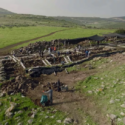Ancient Mysteries That Archeologists Can’t Explain
Our earth is littered with ancient sites that contemporary archeology has yet to fully explain.
These magnificent and strange ancient monuments challenge our capacity to understand who created them, how they were made, or why they were erected. Was it ancient civilizations with much more advanced technologies than we could have imagined? Maybe it was ancient aliens that came to Earth to share their great wisdom and knowledge with its primitive people?
Archeologists are still baffled by these ancient riddles, which have sparked a slew of ideas on how past civilizations built some of the world’s largest and most perplexing structures.
Let’s take a look at some of the world’s most fascinating old mysteries. Who knows, maybe you’ll be the one to reveal some of the mysteries that have been kept concealed for ages.
Gobekli Tepe is a tepe in Gobekli
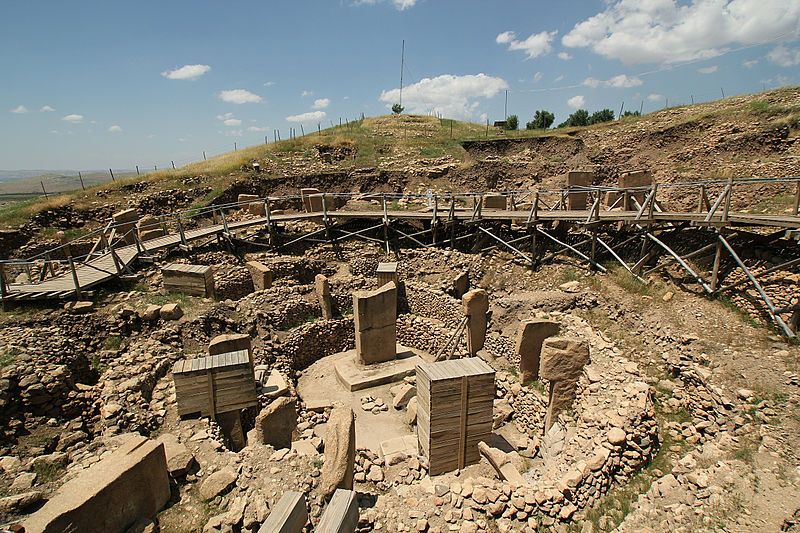
This colossal temple in Turkey is made up of pillars that are arranged in huge stone rings. Each pillar has elaborate carvings of scorpions, lions, and vultures that spiral up and down the surface.
These pillars, however, are considerably more than just gorgeous works of art. They were built to hold massive stone blocks, some of which weighed more than 10 tons. The effort of elevating 10 ton stone blocks and maintaining their enormous weight with these gorgeous and ornate pillars is astounding enough, but archeologists have been perplexed by the fact that Gobekli Tepe was constructed over 11,000 years ago!
No one knows how or why Gobekli Tepe was created all those millennia ago, and it has been dubbed the world’s oldest known temple.
Giza’s Pyramids
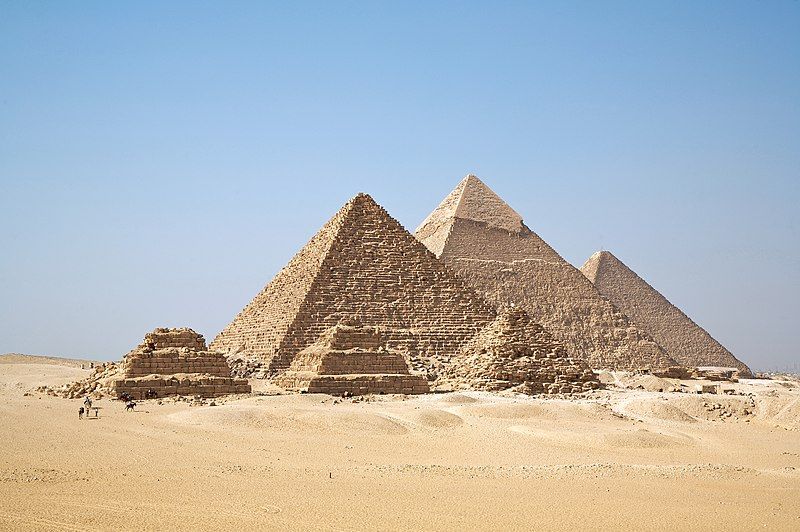
The horizon of Egypt’s most populated metropolis is still dominated by these massive stone blocks, as they have been for thousands of years.
The Pyramids of Giza were erected as tombs for the Pharaohs of ancient Egypt utilizing rudimentary technology and vast quantities of human labor, according to the contemporary account taught in schools and colleges. Despite popular acceptance of this interpretation, these buildings lack any of the typical characteristics associated with ancient Egyptian tombs.
The Giza Pyramids show a degree of expertise well beyond what we know about the ancient Egyptians who reportedly built them. The Great Pyramid is located at the longitude and latitude lines where there is less water and more land than anywhere else on the earth. It is also located at the geographic center of the planet. These and other data show that the builders understood a lot more about our planet’s geology than we imagined, and it’s hard to conceive how they could have built these incredible constructions without using some type of overhead perspective.
It’s becoming increasingly obvious that the Giza Pyramids were built for a variety of purposes. These buildings have several fascinating links to the cosmos above, including particular shafts aiming at specific stars. According to the belief, there is a link between the three greatest pyramids at Giza and the three stars that make up the belt in Orion’s constellation.
We are merely scratching the surface of what has been discovered within these extraordinary old structures, and there are many more riddles to be answered.
Punku Puma
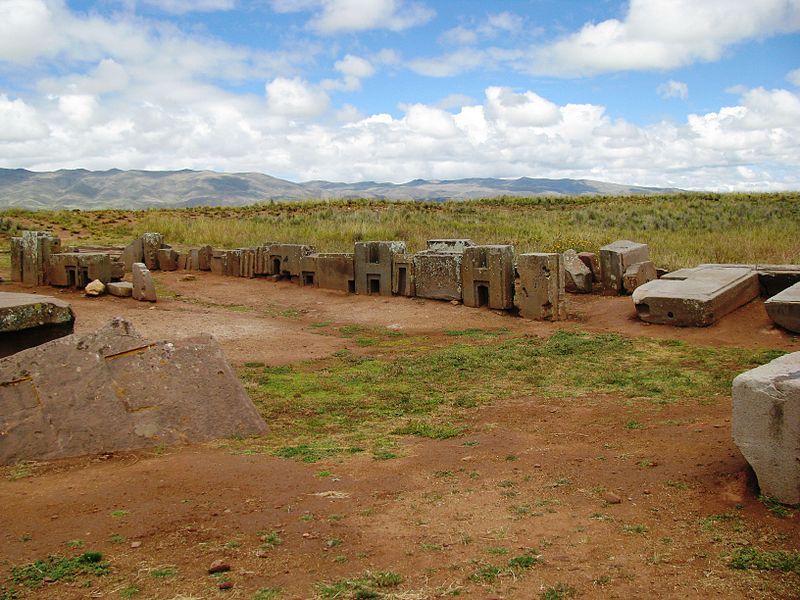
Puma Punku’s riddle is one of the less well-known yet intriguing ancient mysteries. Many individuals, on the other hand, have never heard of Puma Punku or have no idea where it is located.
Puma Punku was discovered in modern-day Bolivia and has sparked a lot of archaeological interest since its discovery. It’s constructed out of stone blocks that were carved with razor-sharp lines and drilled with a variety of holes. One of the site’s biggest stones is believed to weigh more than 130 tons!
Many people believe the stones are proof of ancient extraterrestrial contact because of their exact cutting and drilling. Puma Punku’s constructions were constructed without the use of cement to hold the stones together. Instead, the stones used to build the walls were cut to fit together perfectly, requiring a degree of craftsmanship that would be difficult to duplicate even with today’s technology. Furthermore, the stones utilized in the building came from a quarry that was more than 50 miles distant.
Unfortunately, weather and looters have ruined most of Puma Punku, yet it remains one of the world’s most spectacular and fascinating ancient buildings.
Easter Island’s Moai Statues
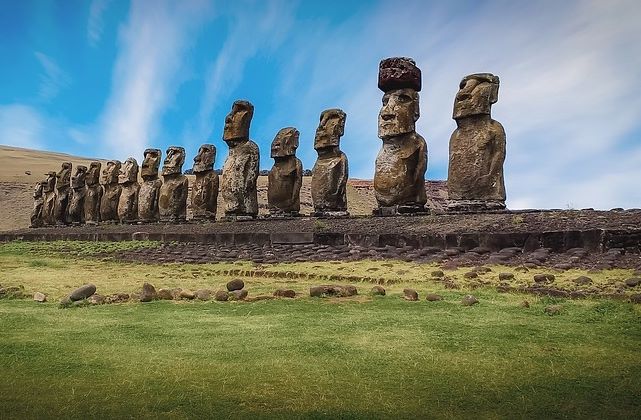
These multi-ton humanoid figures dot the grassy mounds of Easter Island, deep in the Pacific Ocean, and have piqued the interest of travelers since European explorers first discovered them in 1722.
The Rapa Nui people of this eastern Polynesian island had been erecting these sculptures for over 5 centuries, until the arrival of the first European explorers. When tourists see these remarkable monuments up close, they marvel at how and why these ordinary islanders were able to construct and transport such massive stone statues.
Altogether, the Moai sculptures depict around 900 human-like figures strewn along the rims of the island’s extinct volcanoes. These statues, which are on average 13 feet tall and weigh 14 tons, were sculpted directly from the island’s volcanic stone. Over 400 sculptures are also in different states of quarrying, with some still awaiting transit to their final resting place.
The Moai’s function is unknown, however, it’s possible that they were carved for ritual or religious purposes. It’s also unknown what happened to the Rapa Nui builders, although most experts believe they perished in an environmental calamity.



